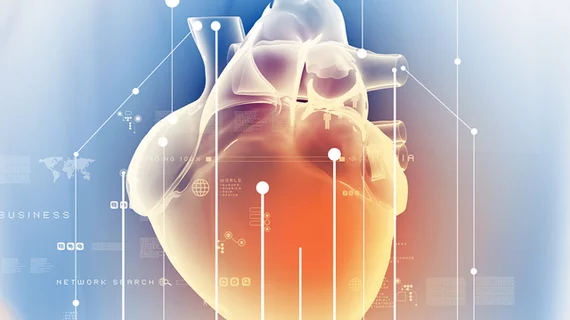ASE scientific sessions to highlight point-of-care ultrasound, strain imaging and 3D echocardiography
As portable ultrasound systems become more popular, they are being used in various settings such as the emergency room or intensive care unit. Medical students are also receiving training on how to use handheld ultrasound systems.
At the American Society of Echocardiography (ASE) annual scientific sessions, the use of point-of-care echocardiography is among the major topics of discussion. The conference takes place from June 12 to June 16 at the Hynes Convention Center in Boston.
“A lot more people outside the cardiology domain are using cardiovascular ultrasound in its various forms on patients,” Robin Wiegerink, the CEO of ASE since June 2001, told Cardiovascular Business. “We want to embrace that change and really look at how that’s changing the field…It’s important that people are familiar with it and look at it as it grows into a regular part of practice.”
The conference also will have an emphasis on strain imaging and its use in areas such as cardiomyopathy and valvular heart disease.
“Strain has been around for a long time, and people talk about it a lot,” Wiegerink said. “But I think the actual clinical use is going to just boom…Strain is ready for primetime.”
Another area of interest is 3D echocardiography, which Wiegerink said has had a lower adoption rate than she expected. During the conference, there will be sessions on 3D imaging for structural heart disease, transcatheter mitral valve repair and transcatheter aortic valve replacement.
“We feel like (3D has) been around for a while, but actually having that used in practice still seems to have some barriers,” Wiegerink said. “We want to make sure we focus on ways they are being used in different settings so that more practitioners will adopt it and use it.”
According to Wiegerink, some of the most anticipated sessions during the conference include:
June 12
- I (heart) Echo Symposium – Hands-on interactive session on the focused cardiac exam
June 13
- Applying New ASE Guidelines to Practice
- 3D for Structural Heart Disease Interventions
- Full-Day Perioperative Echocardiography Track
- Heart of a Champion: Imaging an Athlete’s Heart
- ASE Guidelines: What’s New/What’s Different
- The Right Stuff: Echo Assessment of Right Heart and Pulmonary Hypertension
June 14
- Adult Congenital Heart Disease: Common Clinical Concerns
- Getting your Echo MBA, Mastering the Business of Echo
- Jumpin' Jack Flash: It’s a Gas (Bubbles)
- Interventional Echo
- Inspiring Health Care in Developing Countries
June 15
- Fundamental Vascular for the Cardiologist
- Advanced Imaging in Mitral Regurgitation
- Pre- and Post-Procedural Evaluation of Transcatheter Devices
June 16
- Novel Concepts in the Evaluation of Prosthetic Valves
- Real-Time 3D Echo: Time to Change Our Perspective

